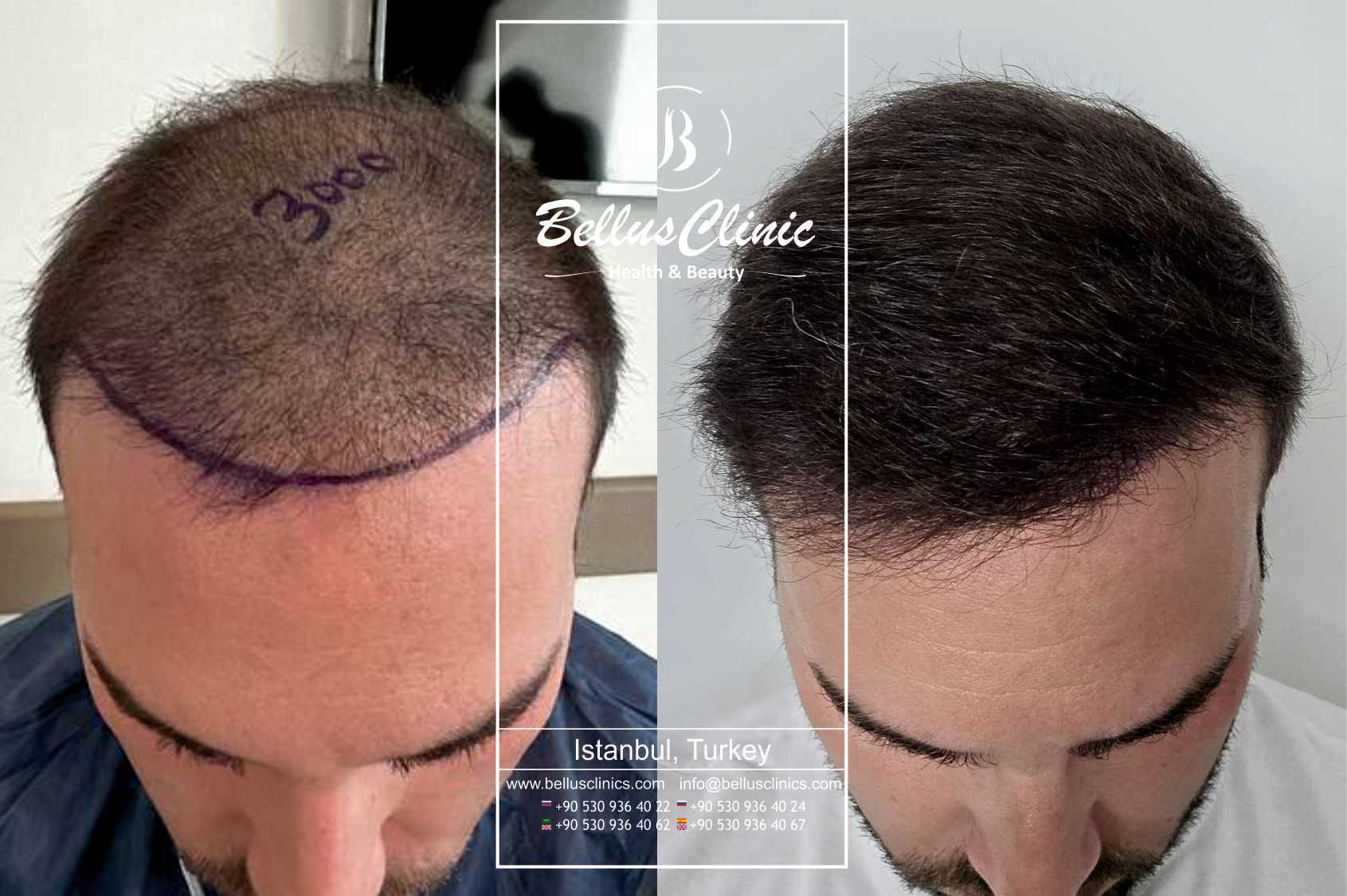What is the Difference between a Hair Transplant and Hair Plugs?
No one likes to look in the mirror and see thinning hair or receding hairlines. While men more commonly experience hair loss than women, it does affect both genders. Hair restoration procedures serve to enhance the appearance of a thicker head of hair for both men and women. Because hair loss is generally caused by weakened hair follicles, hair restoration procedures such as hair transplants and hair plugs are commonly utilized. What's the difference?
What is a hair plug?
Hair plug procedures have been used for decades to treat baldness. They're considered one of the safest, but it's very important to choose a surgeon who is experienced in the field for a more natural and satisfactory appearance following the procedure.
The technique involves literally removing a portion of the scalp from the back part of the head. Then, the surgeon removes individual hair follicles from that piece of scalp. The hair follicles are then cleaned. Then, the surgeon inserts those hair bulbs or follicles, one at a time, into surrounding areas of thinning hair or along a receding hairline. When enough of these are inserted, the hair then grows naturally, offering a thicker, healthier head of hair.
Hair transplants
A hair transplant procedure is more involved than the procedure using hair plugs. The hair transplant procedure involves relocation a hair-bearing piece of skin to another area of the scalp. This requires multiple procedures in some cases. In a hair transplant, a strip of scalp typically taken from the back of the head and used to fill in a thinning or bald area on another location on the scalp.
For the procedure, a 3 to 4-inch area of scalp will be removed. The area from where the scalp was taken is then sutured together. The surgeon divides the section of removed hair and scalp into anywhere between hundreds or thousands of grafts, each containing a few hairs. The overall number of grafts required will depend on the size of the area where the hair is to be transplanted. Each graft is individually placed into a small slit or hole that the surgeon creates with a needle or a scalpel, and then sutured into place.

Which procedure is right for me?
Hair plugs and hair transplants offer a thicker, fuller, healthier looking head of hair, but both essentially transplant already existing hair to a new location. Neither procedure "creates" new hair. Hair transplant surgeries may involve more risks than hair plug procedures because of a greater risk of infection, and may also result in scarring that alters the appearance of the newly transplanted hair. Likewise, hair plugs are a safer option, but if performed by a less-experienced dermasurgeon, hair plugs can ultimately appear unnatural looking and too widely spaced to provide adequate coverage.
How much does it cost?
Each individual hair bulb or implant averages about $5. The cost is determined by the number of hair follicles that need to be utilized to cover a bald spot or thinning area. The average number of hair plugs used in such procedures ranges anywhere from 1,000 to 3,000. Therefore, hair plug surgery procedures can cost between $3,000 and $4,000 to over $20,000, depending on desired thickness, appearance, and desired area of coverage.
Likewise, a hair transplant can cost anywhere from $4,000-$15,000, depending on the area to be treated.
Finding a surgeon
A surgeon who can perform hair transplant or hair plug procedures should be a licensed, trained, and certified dermasurgeon. Such individuals should belong to boards of hair restoration surgery in their country of origin, while many also belong to international associations or organizations of hair restoration surgery groups.


.png)





.png)
.png)







Share this listing